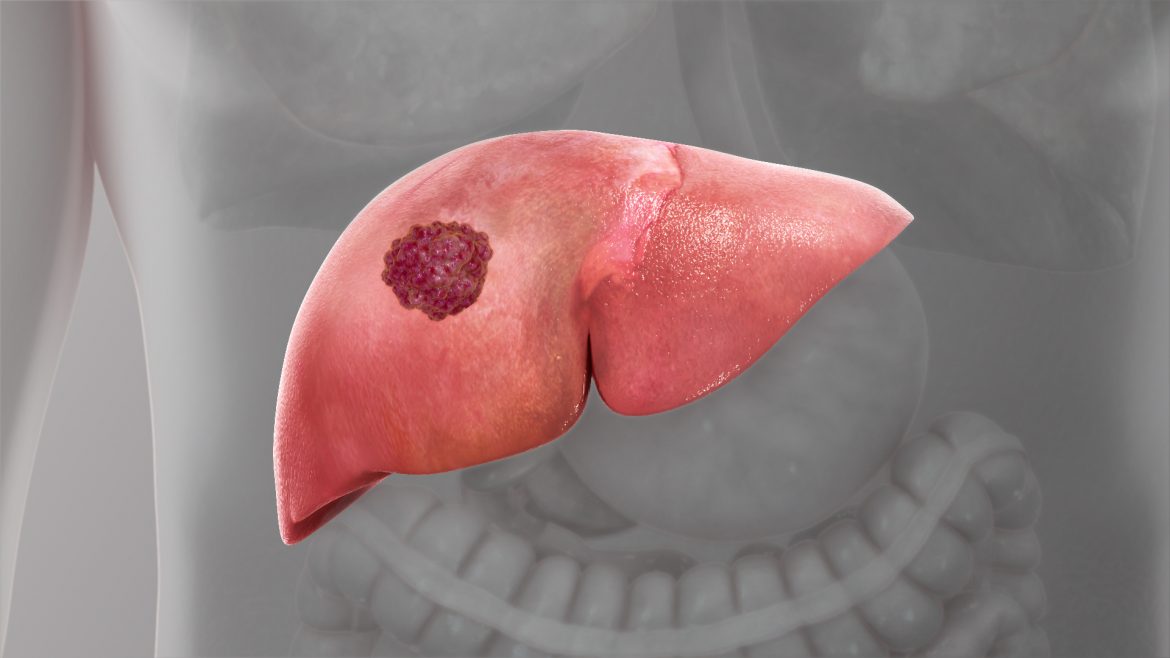Researchers at the University of Illinois at Chicago have discovered a tiny chemical that can modulate an immunological function that is critical in the development of cancer and autoimmune illnesses.
Their discovery is reported in an Angewandte Chemie paper titled “Discovery of the First Selective Nanomolar Inhibitors of ERAP2 by Kinetic Target-Guided Synthesis.” They first investigated how the immune system functions and why some diseases can be resistant to treatments before discovering the molecule, an enzyme inhibitor.
“Tumors have the ability to present cell-surface markers in the form of non-self peptide antigens, or neoantigens, which renders them exquisitely sensitive to recognition and elimination by T-cells, a form of immune cells that kill tumor cells upon recognition of neoantigens,” said study corresponding author Marlene Bouvier, UIC professor of microbiology and immunology at the College of Medicine. “The visibility of a tumor to T-cells is therefore a critical aspect of whether a T-cell based immunotherapy treatment will be successful. Unfortunately, most tumors have low expression levels of neoantigens on their surfaces and, consequently, are resistant to immunotherapies.”
Endoplasmic reticulum aminopeptidases 1 and 2, also known as ERAP1 and ERAP2, are proteins that are in charge of trimming and over-trimming peptide antigens and neoantigens inside of cells. For the study, the team examined these enzymes.
“Over-trimming of neoantigens in tumors by ERAPs represents missed opportunities to ‘illuminate’ tumors for recognition and destruction by T-cells,” Bouvier said. “As such, the modulation of ERAP1 and ERAP2 function with small molecule inhibitors offers an exciting approach to tone down their over-trimming function, increase tumor visibility, and enhance immune responses against tumors.”
The UIC team describes the first highly effective and specific small molecule ERAP2 inhibitors that were found in their study.
“We used kinetic target-guided synthesis to discover such inhibitors,” Bouvier said. “We then used X-ray crystallography to reveal at the atomic level the binding mode of the small molecules, which allowed us to improve their design for greater potency and selectivity. We also showed that some optimized analogues represent lead compounds for drug discovery efforts.”
According to the researchers, such ERAP2 small molecules could be employed in conjunction with other cancer therapies, as well as to treat autoimmune and infectious disorders, as well as other conditions that rely on antigen presentation on the cell surface.
Also Read: India’s tally of Monkeypox now stands at 19 after Nigerian tests positive for virus in Delhi
Follow Medically Speaking on Twitter Instagram Facebook





